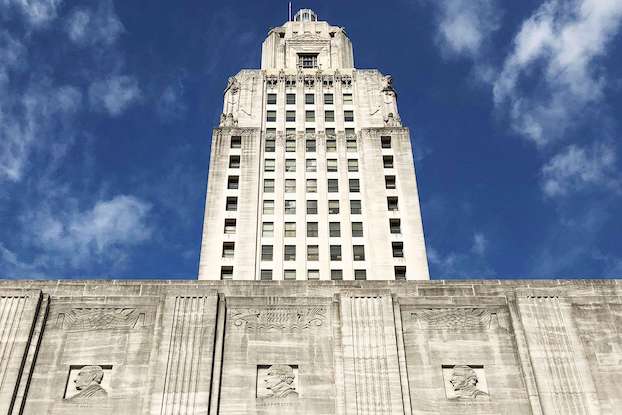Informer: FCC to adopt regulations on loudness of TV commercials next week
Published 12:50 pm Wednesday, December 7, 2011
Whatever happened to the law that passed to make stations lower the volume on loud commercials?
It’s still around, but it has yet to be fully implemented.
The law — the Commercial Advertisement Loudness Mitigation, or CALM, Act — directed the Federal Communications Commission to adopt and enforce rules on the sound levels of television ads.
But as The Informer wrote in January, it’ll take a while before the measure can be applied to most broadcasters.
The law, signed in December 2010, gave the FCC one year to adopt the rules, and it gives broadcasters a year from that time — i.e., from this month — to comply with them.
Additionally, it allows stations to seek waivers if quick adoption of the rules would cause them financial hardship. Waivers can be renewed for an additional year.
The FCC on Dec. 13 will formally adopt the rules, which the law says must be “limited to incorporating by reference and making mandatory” a set of guidelines approved in 2009 by the Advanced Television Systems Committee, an industry group that sets digital broadcast standards.
The guidelines detail ways broadcasters can prevent sound spikes during commercials.
• Online: www.fcc.gov.
Lights at Iowa exit slated for removal
When will the lights on Interstate 10 in Iowa at Exit 43 be turned back on?
They won’t be turned on again, but they will eventually be replaced, said Steve Jiles, the state highway department’s district engineer administrator.
“The existing lights will not be turned back on due to the dysfunction and obsolescence of the system,” he wrote in an email.
“Numerous poles, junction boxes, and a considerable amount of electrical wiring were damaged or removed in conjunction with the widening of I-10 from four lanes to six lanes through this area several years ago.”
A new lighting system will likely be installed between July 2013 and July 2014, he said.
Federal law calls for Title I aid
How can private schools be considered Title I schools?
Federal law says local school systems must, “after timely and meaningful consultation with appropriate private school officials,” provide special-education and other Title I benefits to private schools that have students from disadvantaged public school districts.
“CPSB Title I serves eight non-Public Schools in Calcasieu Parish,” reads the Calcasieu Parish school system’s 2010-2011 annual report.
“There are two Mobile Classrooms with a certified teacher on each bus. The Mobile Classroom has a Computer Assisted Instructions (CAI) Lab to address the needs of students at these targeted-assisted Non-Public Schools.”
• Online: www.ed.gov; www.cpsb.org
The Informer answers questions from readers each Sunday, Monday and Wednesday. It is researched and written by Andrew Perzo, an American Press staff writer. To ask a question, call 494-4098, press 5 and leave voice mail, or email
.
(SPECIAL TO THE AMERICAN PRESS)





